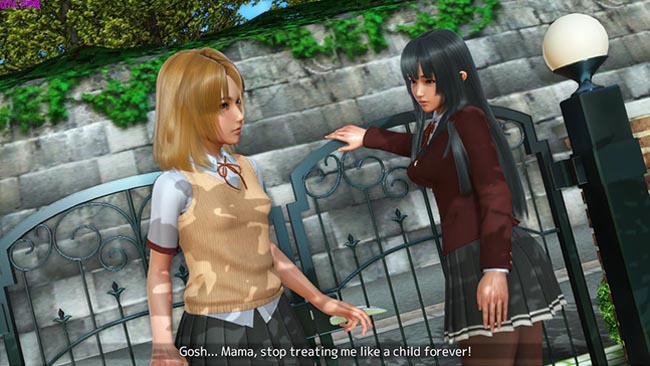

In such cases, a person may momentarily perceive time as slowing down, stopping, speeding up, or running backward. Main article: Time perception § Types of temporal illusionsĪ temporal illusion is a distortion in the perception of time, which occurs when the time interval between two or more events is very narrow (typically less than a second). This way in which our brain works is the basis of an illusion. However, sometimes it tries to organize this information "it thinks best" while other times it fills in the gaps. The visual system (eye and brain) constructs a world inside our head based on what it samples from the surrounding environment. A conventional assumption is that there are physiological illusions that occur naturally and cognitive illusions that can be demonstrated by specific visual tricks that say something more basic about how human perceptual systems work. Therefore, the information gathered by the visual sense is processed to give, on the face of it, a percept that does not tally with information from other senses or physical measurement. (See Checker shadow illusion.)Ī visual illusion or optical illusion is characterized by visually perceived images that are deceptive or misleading. Square A is exactly the same shade of grey as Square B.

For example, hearing voices regardless of the environment would be a hallucination, whereas hearing voices in the sound of running water (or another auditory source) would be an illusion.Īn optical illusion. Unlike a hallucination, which is a distortion in the absence of a stimulus, an illusion describes a misinterpretation of a true sensation. The term illusion refers to a specific form of sensory distortion. Other illusions occur because of biological sensory structures within the human body or conditions outside the body within one's physical environment. These assumptions are made using organizational principles (e.g., Gestalt theory), an individual's capacity for depth perception and motion perception, and perceptual constancy. Some illusions are based on general assumptions the brain makes during perception. For example, individuals watching a ventriloquist will perceive the voice is coming from the dummy since they are able to see the dummy mouth the words. The emphasis on visual illusions occurs because vision often dominates the other senses.

Illusions may occur with any of the human senses, but visual illusions ( optical illusions) are the best-known and understood. Although illusions distort our perception of reality, they are generally shared by most people. For other uses, see Illusion (disambiguation).Īn illusion is a distortion of the senses, which can reveal how the human brain normally organizes and interprets sensory stimulation.


 0 kommentar(er)
0 kommentar(er)
